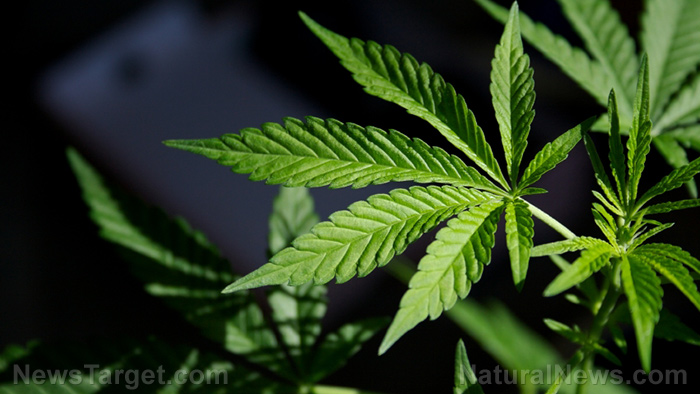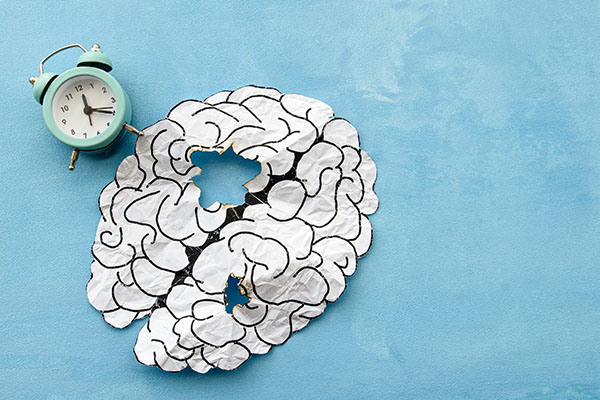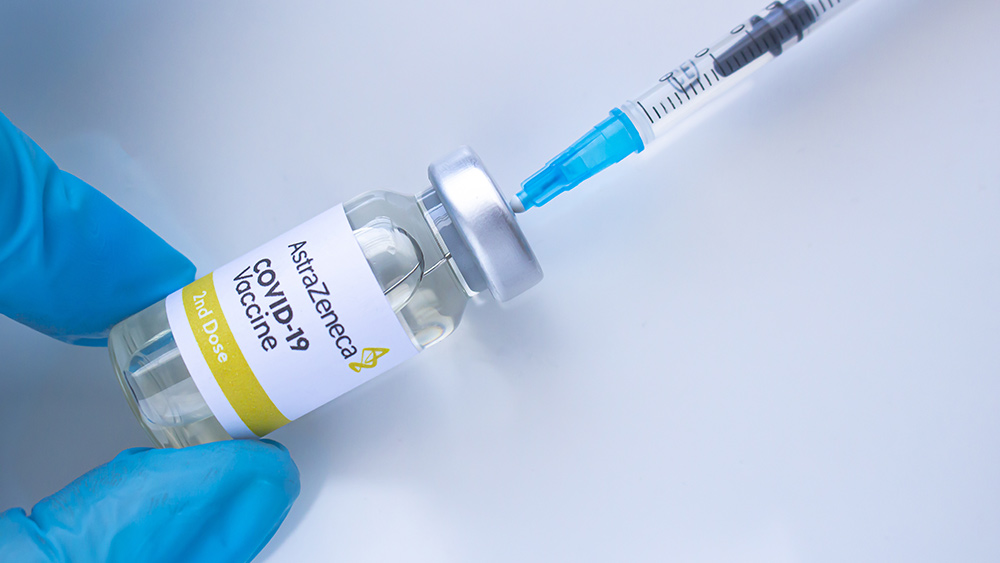
The study examined mice of three different ages representing the different stages of brain age. Two month-old mice represented the young brain, 12 month-old mice the mature brain, and 18 month-old mice the aging brain. They were subjected to different tests, first without THC and then treated with the drug. One test examined the ability of mice to remember how to get out of a water maze. The results of the test showed that without THC, the younger mice did better than the older groups. However, after being given THC, the two older groups performed better, while the younger mice did worse. Another test, for which mice had to find a specific object, resulted in older mice with THC performing in the same way as younger mice without THC.
The findings showed that marijuana clearly had a positive effect on mature and aging brains, though it has yet to be studied further in humans.
Marijuana for seniors
Either way, there has been a rise in marijuana use among Americans in their 50s and 60s, possibly owing to a number of factors, chief of which is availability. Citing data from the Centers for Disease Control and Prevention (CDC), a report on LiveScience.com said that the use of marijuana has among the 55 to 60 demographic has risen from just 1.1 percent of the population in 2002 to 6.1 percent in 2014.
In examining the increase, scientists pointed to various factors. They noted that the 50 and above demographic today was known to smoke marijuana heavily in their youth, due to the popularity of psychoactive drugs in the 1960s, making them more open to the idea of taking marijuana. At the same time, widespread legalization of the drug has increased tolerance and acceptance of it. With more medical marijuana laws in place, increase in pot use is inevitable.
Of course, there is a more pressing reason for the rise of marijuana use in seniors: health and pain relief. In an article on TheGlobeandMail.com, senior citizens shared that they have started taking CBD (cannabidiol) -- marijuana's non-psychoactive component -- to deal with their chronic pain. CBD, which is extracted from cannabis or hemp plants, was for them a more appealing natural alternative to the potentially harmful opioid painkillers prescribed by their doctors. (Related: See more news coverage of cannabis cures at CannabisCures.news.)
Marijuana for everyone
At any rate -- and if the rising popularity of marijuana is any indication -- the drug has many health benefits that are becoming increasingly harder to ignore. According to the National Institute on Drug Abuse, while the marijuana plant has yet to be approved by the Food and Drug Administration (FDA) as a medicine, its extracts called cannabinoids have been included in two FDA-approved medications.
At the same time, there is a growing body of evidence to support marijuana as a remedy for patients with epilepsy. The drug is also being examined for its efficiency in treating many other illnesses, including HIV/AIDS, multiple sclerosis, inflammation, pain, substance abuse, and mental health disorders such as anxiety and depression.
Learn more about the health benefits of marijuana on MedicalMarijuanaUpdate.com.
Sources include:
Please contact us for more information.























